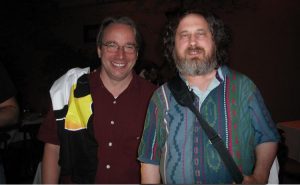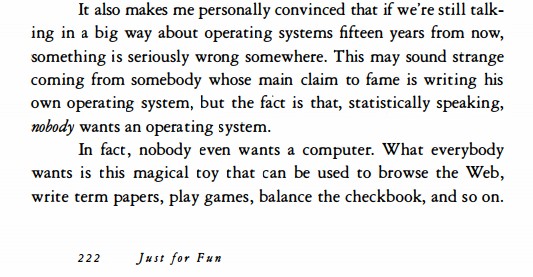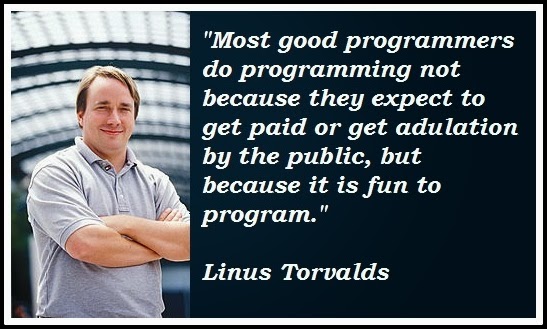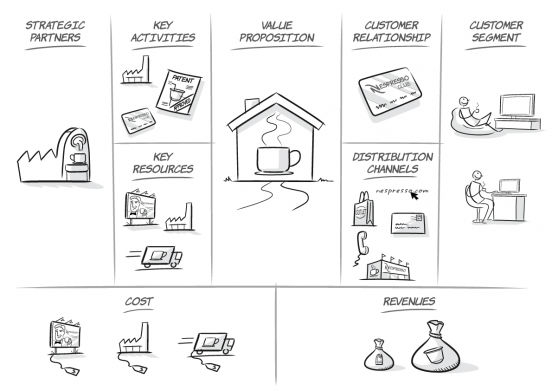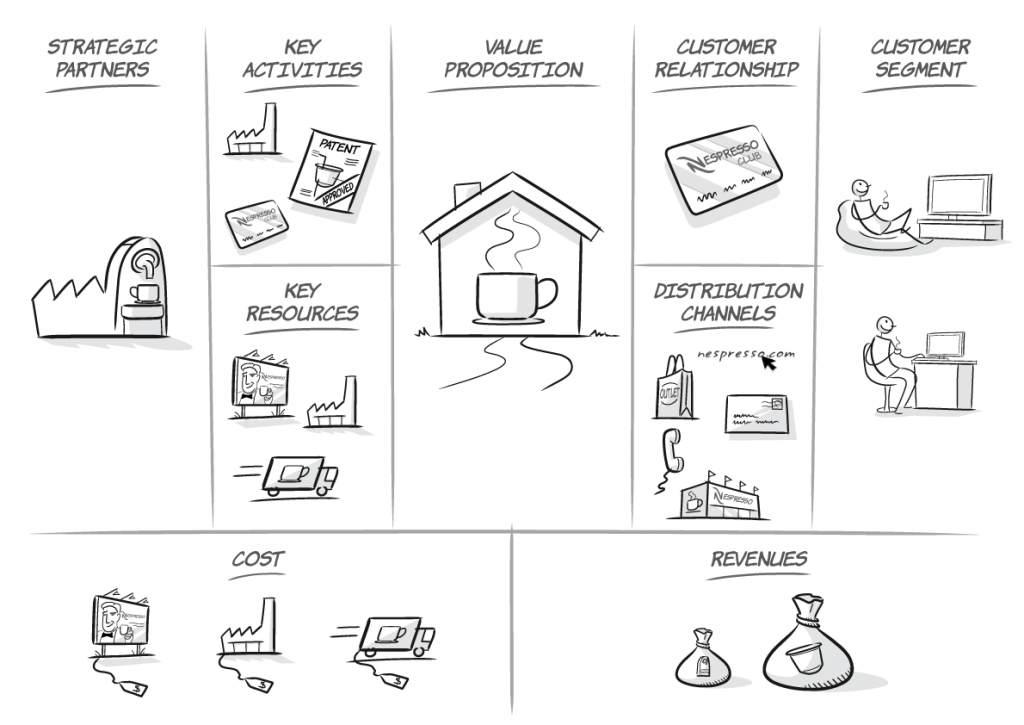When I started college in 1998 this was literally one of the first books I had to buy. It was part of a — cheaply thrown together — five-pack of paperback management book ‘classics’. And my particular copy is printed on recycled paper, with boring frugal typesetting, and even has a Dutch translation error on the back. Not normally a book you would hold on to for 21 years.
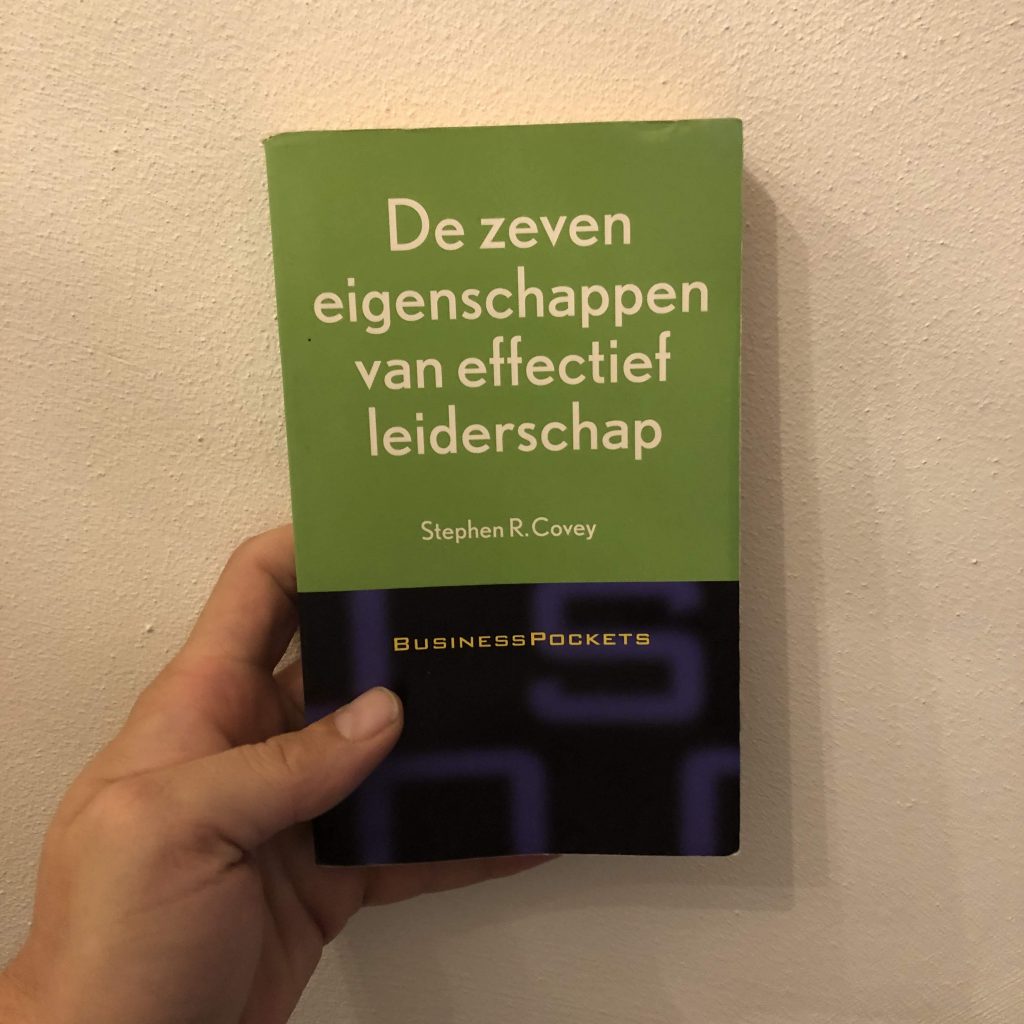
Management mambo jambo
We had a couple of classes on the book and I read parts of it. And I clearly remember thinking: well, this is all just common sense! Whoever wrote this was just stating obvious things like: ‘being proactive’ and think ‘win-win’. Anyone could have written this!
However it turned out that the lessons from this book returned to me in one way or the other over the course of my career. And I started seeing the true value and meaning (application is everything). And when I started a higher management education course a couple of years ago, everything came together. I was assigned a personal coach who (so he later on declared) was a Covey trained professional. So he coached me on the Covey teachings and things really fell into place. And I have internalised the key lessons since.
This year I decided to read the book cover to cover again. And with a bit more experience I can now state that this book is almost just perfect.
The seven habits are not a quirky catchy marketing thing — although that undoubtedly had an effect in the successful marketing and branding of the book. Also the word effective has a different connotation than get rich quick. This is not that kind of book. The ‘seven habits’ is a complete and — what’s a better word for holistic — approach to leading an effective and fulfilling life.
Seven habits’ legacy
Over the years I have read many other management books. And there is a clear line to be drawn between Drucker, Grove and also Allen about what exactly makes good management (and yes, I read all of them). Covey holds a very large and distinct place in that lineage.
But even more modern management ideas like Simon Sinek seem to share a direct link to Covey (start from the inside). Or the famous Ray Dalio biography (principles are key to everything) don’t really bring new principles to the table, just application. Because, Covey already covered the principles.
Apart from going for a complete approach, the book also perfectly balances between being abstract (here’s a thought to ponder) and practical (literally start doing this now!) at the same time. Which is a very fine line to balance and something very few books manage. Management books usually tend to be one or the other.
Many management books have been (poorly) written about just one or a couple of the seven habits. And although some might have some merit, they usually lack the complete approach and relative context in which Covey presents the habits. Because everything is connected with everything — take one out thing and everything breaks.
The seven habits is usually marketed as a business book. My Dutch copy translates the title to ‘habits of leadership’ while the actual English title deals with ‘habits of people‘. That is quite a difference! So I don’t think Covey necessarily indented it to be a business book. A lot of examples are also about his direct close family and other non-business relations. Which is something I do find quirky and not a big enough sample size to be empirical evidence: this is one of my few criticisms. But the examples tend to hold up, not because Covey says so but because they are generic and realistic enough for anyone to relate to.
TLDR: I love Covey and I think everyone should read this book. Because it is about being a better human being.



